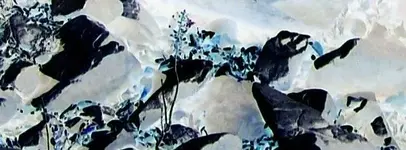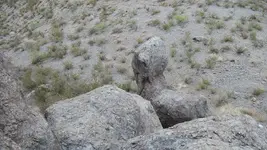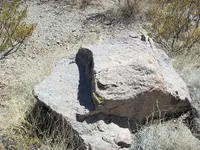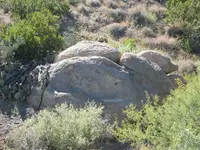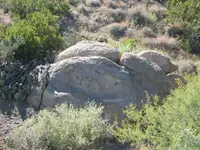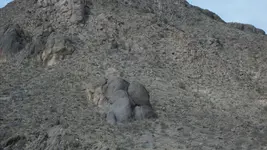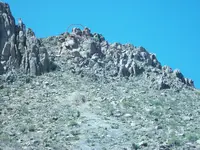billythekidder
Full Member
- Joined
- Apr 30, 2012
- Messages
- 233
- Reaction score
- 53
- Golden Thread
- 0
- Primary Interest:
- All Treasure Hunting
- #1
Thread Owner
I found this about the duck hope this helps someone....
Measure the circumference of the duck's bill, beginning at one jawline and ending at the other. You'll need a tailor's cloth tape for this, as the surface is not straight. Take the measurement in inches and convert to varas - 33 inches per vara. If the duck's eye is a small one, and if the second eye is also small, the direction is south. If the other eye is large, the direction is east. If the other eye is huge, the direction is west. If there is no other eye, the direction is north. (This is based on arcane Jesuit legends concerning the sacred duck flock of Jerusalem, ca 30 a.d.)
Now, take a bearing between the very tip of the duck's bill and the sign it is looking at. Subtract the azimuth reading of this measurement from the duck-eye calculation above (90, 180, 270 or 360 degrees). The resultant calculation, in azimuth degrees, is your Drake Angle. From the duck's bill tip, travel in the direction of the Drake Angle, a distance of the vara length multiplied by the duck-eye calculation (remember - 90, 180, 270 or 360). When you arrive at the spot specified by this distance/bearing, stop and look in the same direction as the duck-eye angle (N, E, S or W). You should see the likeness of another animal in that direction, probably not far. Hopefully that next animal likeness will be an elephant - a very good indication indeed. I hope this is the type of information you are seeking.
Measure the circumference of the duck's bill, beginning at one jawline and ending at the other. You'll need a tailor's cloth tape for this, as the surface is not straight. Take the measurement in inches and convert to varas - 33 inches per vara. If the duck's eye is a small one, and if the second eye is also small, the direction is south. If the other eye is large, the direction is east. If the other eye is huge, the direction is west. If there is no other eye, the direction is north. (This is based on arcane Jesuit legends concerning the sacred duck flock of Jerusalem, ca 30 a.d.)
Now, take a bearing between the very tip of the duck's bill and the sign it is looking at. Subtract the azimuth reading of this measurement from the duck-eye calculation above (90, 180, 270 or 360 degrees). The resultant calculation, in azimuth degrees, is your Drake Angle. From the duck's bill tip, travel in the direction of the Drake Angle, a distance of the vara length multiplied by the duck-eye calculation (remember - 90, 180, 270 or 360). When you arrive at the spot specified by this distance/bearing, stop and look in the same direction as the duck-eye angle (N, E, S or W). You should see the likeness of another animal in that direction, probably not far. Hopefully that next animal likeness will be an elephant - a very good indication indeed. I hope this is the type of information you are seeking.



